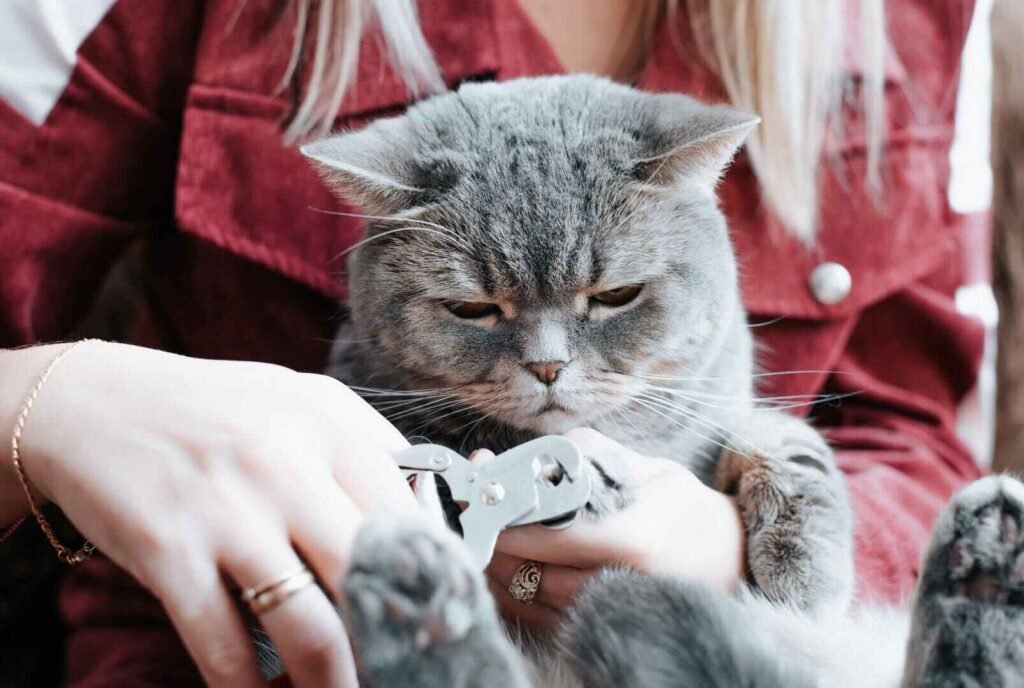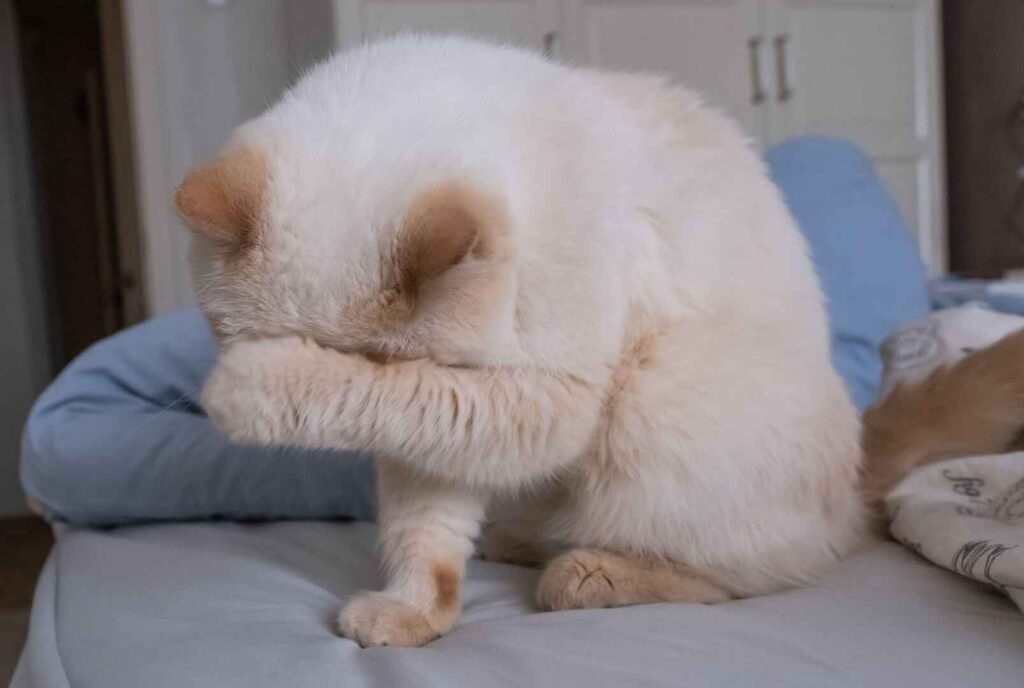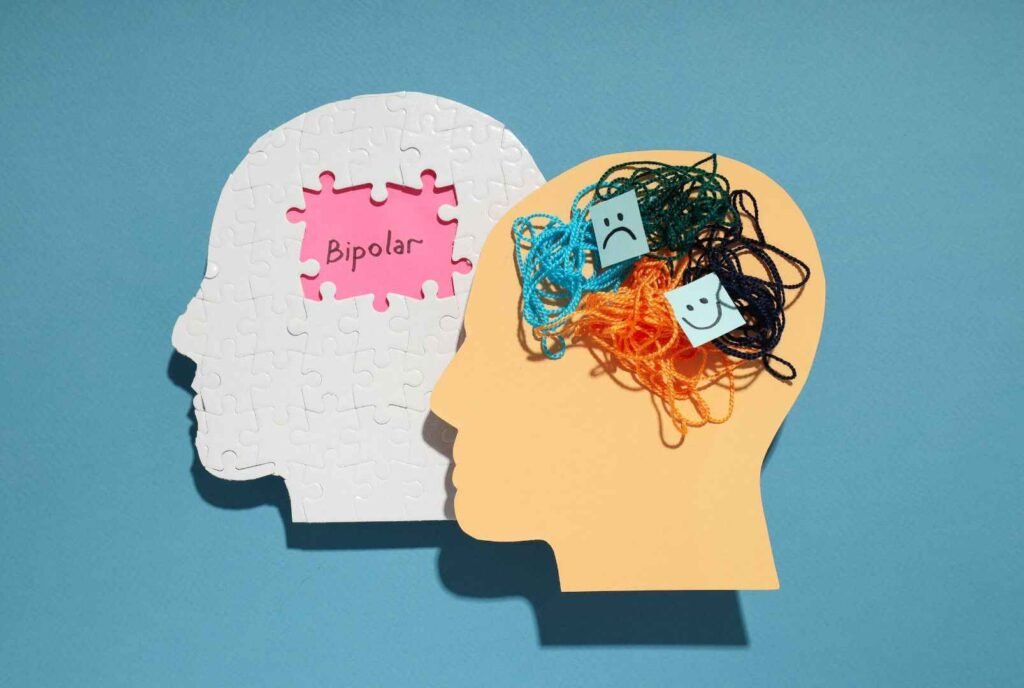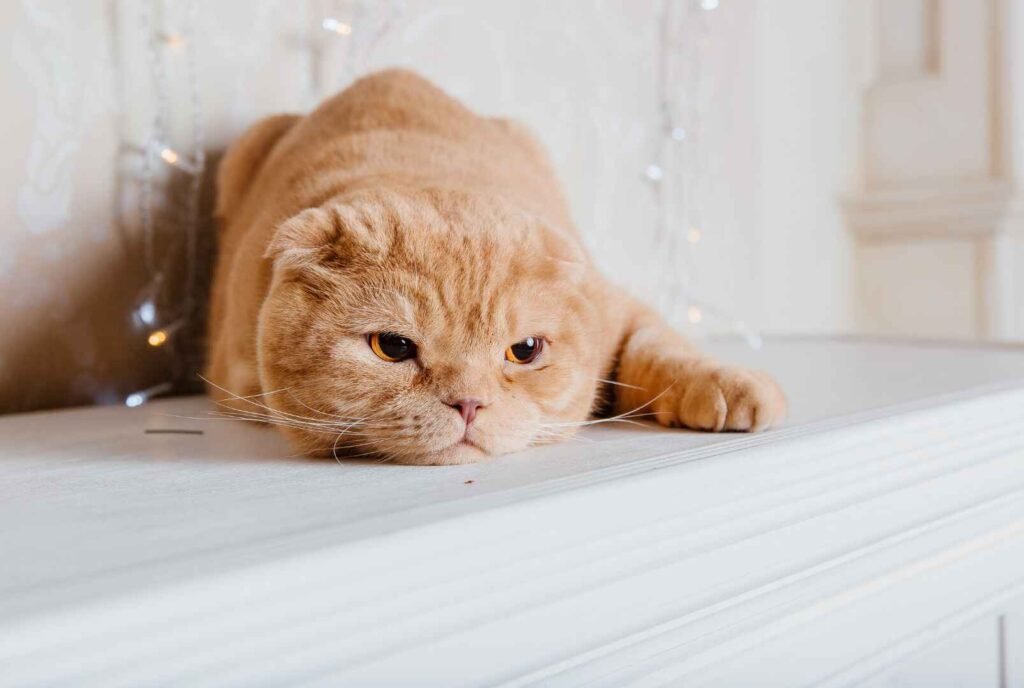
Sad cat meme refer to memes and image macros depicting cats in various states of sadness, melancholy, despair, or discomfort. Often overlayed with text conveying themes of loneliness, existential dread, or emotional turmoil, these images aim to be both humorous and relatable.
Origin and History of Sad Cat Memes

The origins of sad cat meme can be traced back to lolcat memes featuring images of cats with misspelled and playful captions. As lolcats evolved in complexity, more melancholic and introspective themes began emerging. By 2010, standalone “sad cat” memes populated sites like Tumblr and Reddit, striking a chord with internet users.
Rise in Popularity on the Internet
Factors like social media, meme generator sites and communities like r/me_irl led to the prolific spread of sad cat memes. Their simplistic relatability resonated widely, tapping into the zeitgeist of millennial ennui. More subversive and absurdist interpretations also gained traction, aligning with surreal internet humor.
Common Depictions and Themes
Famous incarnations like the crying cat, classy cat, existential crisis cat and “this is fine” cat depict felines experiencing ennui, discomfort or emotional overload. Recurring themes cover loneliness, awkwardness, anxiety over the future, alienation in modern life and the human condition.
Reasons Why Sad Cat Memes Resonate with People
By anthropomorphizing cats, the memes project very human struggles in an accessible way. The melancholic but cute, confused cats allow people an escapist outlet to vent about life’s mundanities. The relatable themes provide cathartic humor and foster a sense of wry community.
Psychology Behind Their Appeal

Underpinning sad cat meme ‘ resonance are psychological phenomena like emotional projection, empathy, the benign violation theory and reversed appraisal humor. Identifying similar emotions in the anthropomorphized cats creates resonance. Laughing functions as emotional release.
Emotional Resonance and Empathy
Attributing complex human emotions onto the pictured cats enables people to identify and empathize with them. This anthropomorphizing elicits amusement but also cathartic recognition of shared experiences.
Sadness and Relatability
The memes capture a feeling of groundless sadness that, despite seeming irrational or amusing in animals, resonates widely as highly relatable. This elicits empathy but also laughter.
Escapism and Catharsis
The memes’ whimsical nature acts as escapist relief from real-world problems. Laughing at outlandish anthropomorphized scenarios provides catharsis in commiserating about shared worries.
Sense of Community and Connection
Sad cat meme foster opportunities for collective emotional release. Shared laughter forms connections, reminding viewers they aren’t alone in experiencing existential angst or ennui.
Impact and Significance

While often playfully absurd, sad cat memes also represent creative outlets for emotional expression and convey profound cultural sentiments.
Role in Internet Culture and Meme Genres
As mainstream memes, sad cats have etched an extensive legacy across internet culture. They spurred funny but meaningful dialogues about modern anxieties through inventive, communal interpretations.
Reflections of Societal Moods and Attitudes
Sad cats’ endurance indicates their resonance mirrors prevailing cultural moods. The memes crystallize modern sentiments of disconnectedness and uncertainty, but also solidarity in hardship.
Benefits of Laughing at Sadness
Humor grants relief in diffusing despair over struggles. Shared laughter promotes social bonding. By anthropomorphizing cats, the memes allow whimsical escapism from painful emotions.
Potential Concerns and Criticisms
However, some criticize sad cats for trivializing mental health issues. Others argue the memes’ absurdist detachment fosters apathy over sociopolitical reform. But the common themes demonstrate people’s desire for connection.
The Enduring Appeal of Sad Cats

The sad cat meme genre continues thriving on account of the universal themes it encapsulates. The images distill and validate commonly felt but rarely expressed emotions.
Universal Themes That Transcend Generations
Notions like love, angst, uncertainty and alienation remain relatable across generations. These memes channel those complex ideas into universally appreciable, cute animal-based humor.
Ability to Evolve With Changing Technologies
Despite originating well over a decade ago, sad cat memes adapt to new digital contexts through evolving visual forms, keeping their relevance fresh.
Creative Expression and Artistic Interpretations
The meme template sparks continual innovative remixes as users imaginatively customize cats to reflect current events or personal feelings. This expanding creative diversity retains their appeal.
What the Future Holds for Sad Cat Memes
As memes mirror collective emotional states, sad cats will likely persist as long as the human experiences they encapsulate endure. New content forms may emerge, but the underlying resonance is timeless.
Conclusion
In summary, behind the superficial absurdism of sad cat meme lies profound cultural resonance. By distilling complex human emotions into cute, amusing animal analogues, they validate shared experiences and provide comforting escapist humor. Though originally simple images, sad cat memes birthed expansive creative genres that innovatively endure by reflecting the enduring human condition. Their immortality seems secured as long as vulnerabilities like sadness, angst and loneliness continue troubling the human psyche.
FAQs
What sparked the initial popularity of sad cat memes?
Early viral sad cat memes struck a chord by tapping into sentiments of millennial ennui and modern alienation, couching these glum feelings in cutely amusing anthropomorphized cats.
Do sad cat memes trivialize serious issues like depression?
Some critics argue they potentially make light of serious issues. However, the memes mainly provide absurdist humor highlighting shared experiences of mundane worries rather than clinical conditions. Laughing together also relieves stress.
Why do sad cat memes remain popular after over a decade?
Their endurance demonstrates the timeless, universal nature of the human experiences encapsulated. Though contexts change, those fundamental sentiments persist, ensuring the memes’ continued relevance through evolving creative adaptations.
What makes anthropomorphized cats so resonant?
Cats’ subtle expressions, enigmatic aura and freewheeling autonomy allow greater projection of human complexities. Assigning complicated emotions to such temperamental creatures elicits simultaneous empathy and amusement.
Could the appeal fade if cultural moods become more positive?
Possibly, if sentiments shift towards utopian optimism. But the memes derive appeal from making light of mundane worries unlikely to disappear soon. As long as shared vulnerabilities persist, sad cats will likely also endure.






